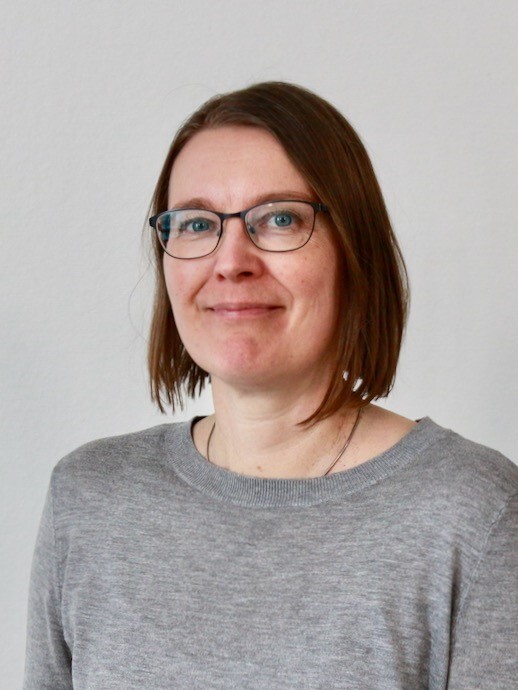
Links
Areas of expertise
Biography
Petra Sipilä completed her PhD at the Department of Biomedicine, University of Turku, Finland (2003) and continued for post-doctoral training first at Professor Andrew McMahon’s lab at Molecular and Cellular Biology, Harvard University and then as Finnish Academy Postdoctoral Researcher at the University of Turku. In 2007 she was appointed as Coordinator for GM unit at Turku Center for Disease Modeling (TCDM) and in 2012 as a director of GM unit at the Laboratory Animal Centre of University of Helsinki. Since spring 2015 she has been a principal investigator at the UTU Research Faculty of Medicine, University of Turku and Vice director of Turku Center for Disease modeling (TCDM) at the University of Turku.
Research
Androgens are required for the male reproductive tissues. In addition, androgens regulate gene ex-pression in several non-reproductive tissues. Defects in androgen signaling are linked to diseases, such as prostate cancer. Androgens act through androgen receptor, AR, a hormone-inducible nuclear receptor. Upon ligand binding, AR is shuttled to the nucleus where it binds to the androgen response elements to regulate gene transcription. Specificity of spatiotemporal androgen regulation in different tissues is achieved by differential usage of coregulators. However, in many target tissues the regulation of cell type specific responses to androgen action remains poorly understood. Given the importance of androgen action, it is necessary to understand how androgen actions are normally regulated. We are especially interested in how tissue-specific androgen responses are mediated via AR SUMOylation, pioneer factors, collaborating transcription factors and microRNAs in the epididymis. Furthermore, we are interested in how those factors affect epididymal sperm maturation and thus male fertility.
We are also part of the FinnDisMice research consortium, that is committed to utilize CRISPR/Cas9 genome editing to generate disease models for several rare diseases of the Finnish disease heritage, which contains almost forty monogenic, rare hereditary diseases that are clearly enriched in Finland. The special phenotyping focus of our group is in cartilage-hair hypoplasia, a disease manifested by growth disorder and defective immune system.